The waste-to-energy incineration plant located at the Northwest Waste Treatment Complex, Ho Chi Minh City, has an investment of VND3,500 billion with a capacity of 2,000 tons/day.
On the morning of March 5, the Department of Natural Resources and Environment of Ho Chi Minh City coordinated with VietStar Joint Stock Company to organize the groundbreaking ceremony for the construction of the VietStar Integrated Domestic Solid Waste Treatment Plant.
Mr. Nguyen Toan Thang - Director of the Department of Natural Resources and Environment of Ho Chi Minh City said that the factory built at the Northwest Waste Treatment Complex (Cu Chi district) has a capacity of 2,000 tons/day, an investment of 3,500 billion VND, and a construction time of 17 months.
This is the second factory in the area to be built and deployed under Resolution 98 on piloting specific mechanisms and policies for the development of Ho Chi Minh City. This factory uses integrated technology, including: compost classification and production, combined with waste incineration to generate electricity using German technology.
The plant, once put into operation, will help Ho Chi Minh City increase its processing capacity by nearly 50% of the total volume of household waste, reduce pollution emissions, and at the same time recover energy for production and daily life.
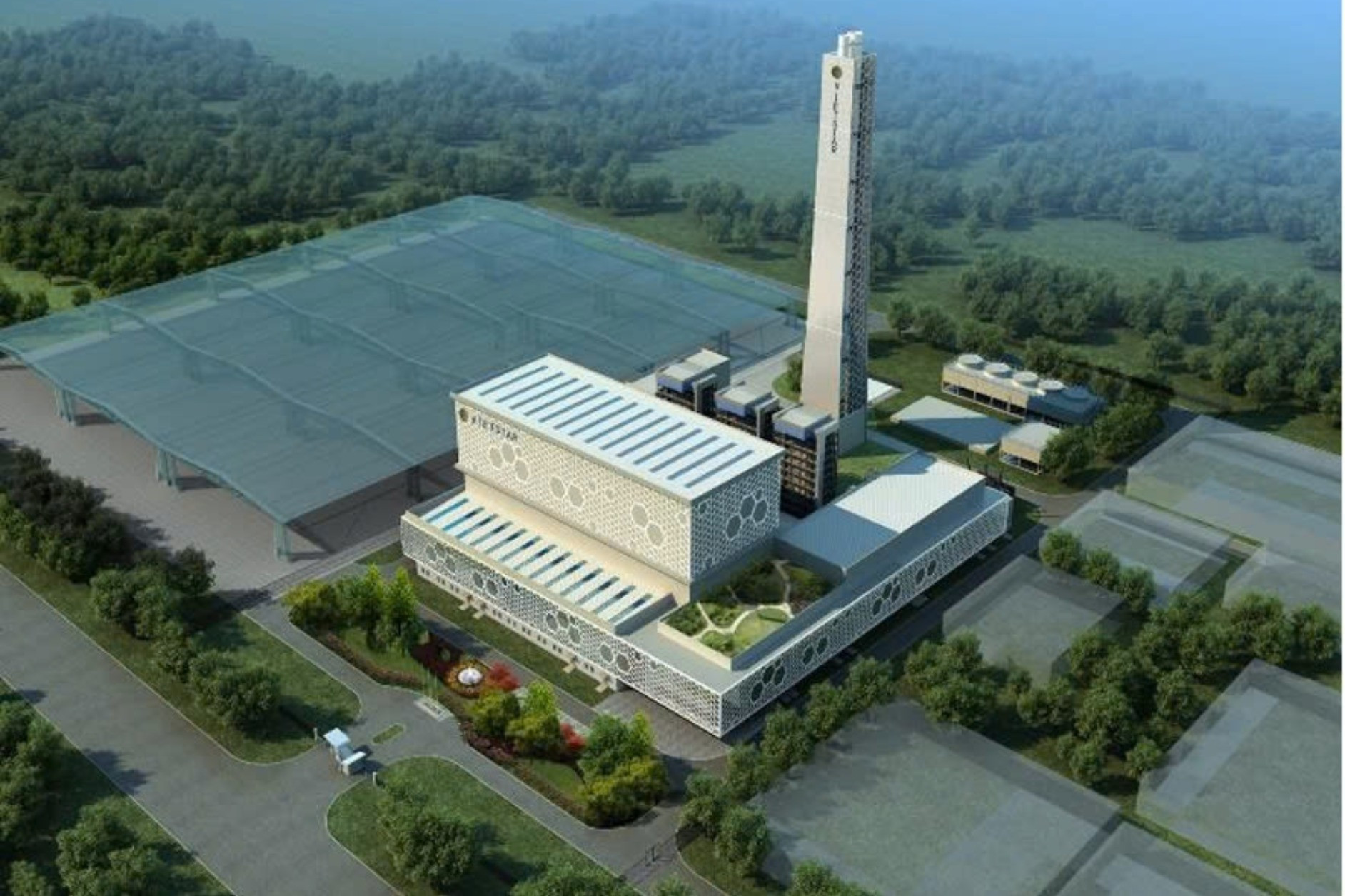
At the ceremony, Vice Chairman of the Ho Chi Minh City People's Committee Bui Xuan Cuong acknowledged that the city generates 10,000 tons of household waste every day, which is a major challenge in terms of environmental pollution, especially the issue of urban waste management.
Therefore, an urgent issue identified by the city is to transform the management model, from traditional waste treatment to applying modern technology, exploiting waste as a resource. In which, implementing the VietStar waste-to-energy plant is also part of this roadmap.
"When completed, the plant will not only treat waste but also be an important step forward in the strategy of developing renewable energy, reducing greenhouse gas emissions, improving the living environment and ensuring urban energy security," Mr. Cuong emphasized.
According to the Resolution of the 11th Ho Chi Minh City Party Congress, term 2020 - 2025, the City strives to achieve the target of "The rate of technology for treating domestic waste using modern new technology (burning to generate electricity) and recycling reaching at least 80% by 2025, aiming to reach 100% by 2030".
Last July, Ho Chi Minh City also started construction on its first waste-to-energy plant with a capacity to process up to 2,600 tons of waste per day and night; generating about 60 MW of electricity per day.
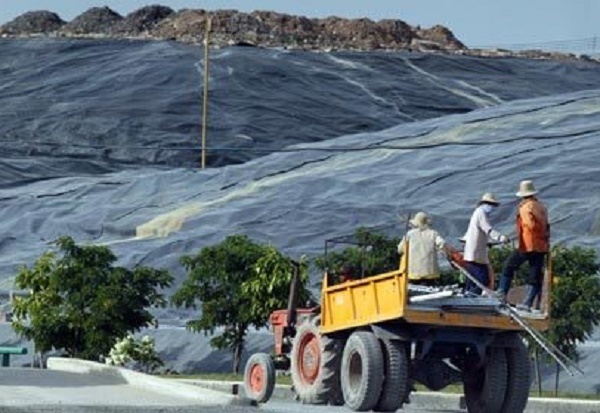
Ho Chi Minh City is about to have 2 waste-to-energy plants.
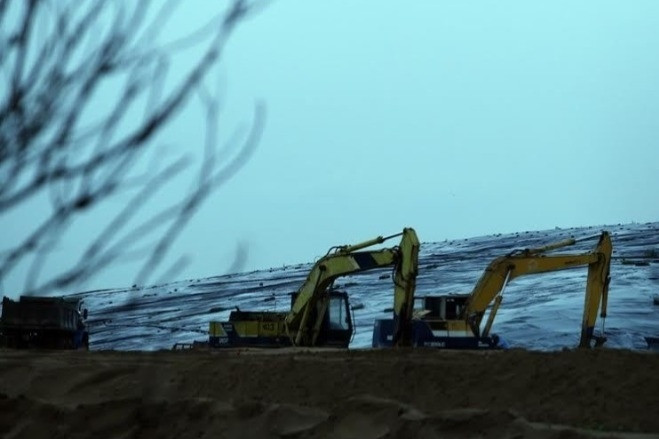
Da Phuoc treatment area stops operating, HCMC plans to move waste to Cu Chi
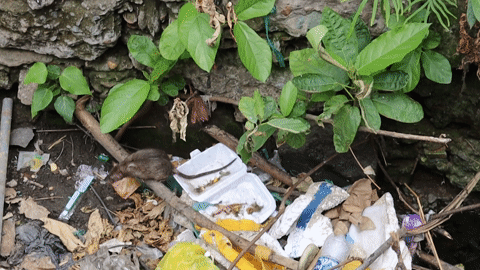
Tan Son Nhat airport drainage channel flooded with garbage and rats
Source: https://vietnamnet.vn/tphcm-khoi-cong-nha-may-dot-rac-phat-dien-3-500-ty-dong-2377565.html





![[Photo] Overcoming all difficulties, speeding up construction progress of Hoa Binh Hydropower Plant Expansion Project](https://vstatic.vietnam.vn/vietnam/resource/IMAGE/2025/4/12/bff04b551e98484c84d74c8faa3526e0)

![[Photo] Closing of the 11th Conference of the 13th Central Committee of the Communist Party of Vietnam](https://vstatic.vietnam.vn/vietnam/resource/IMAGE/2025/4/12/114b57fe6e9b4814a5ddfacf6dfe5b7f)

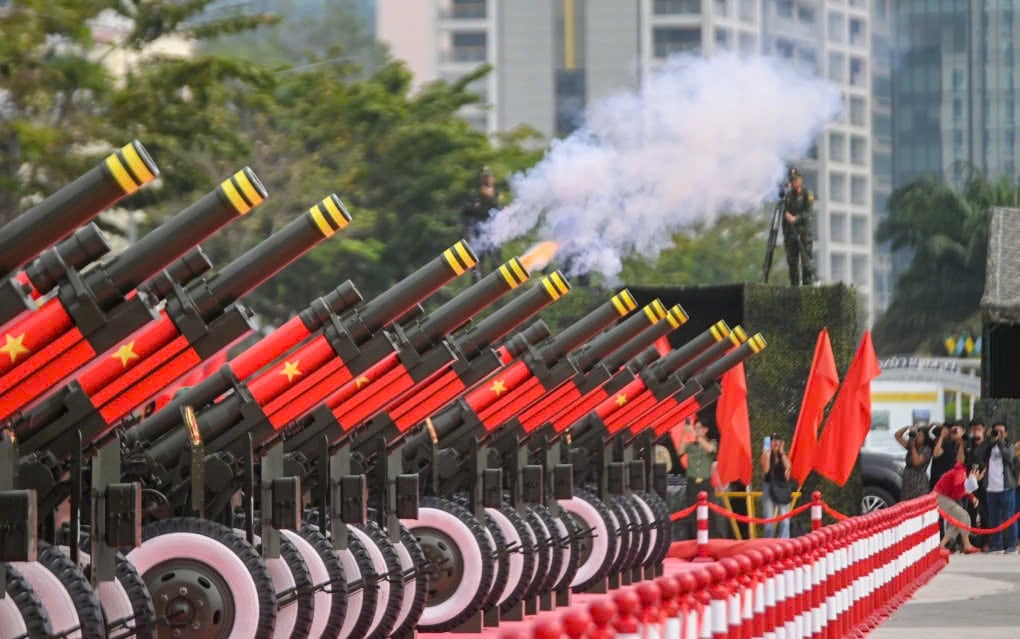












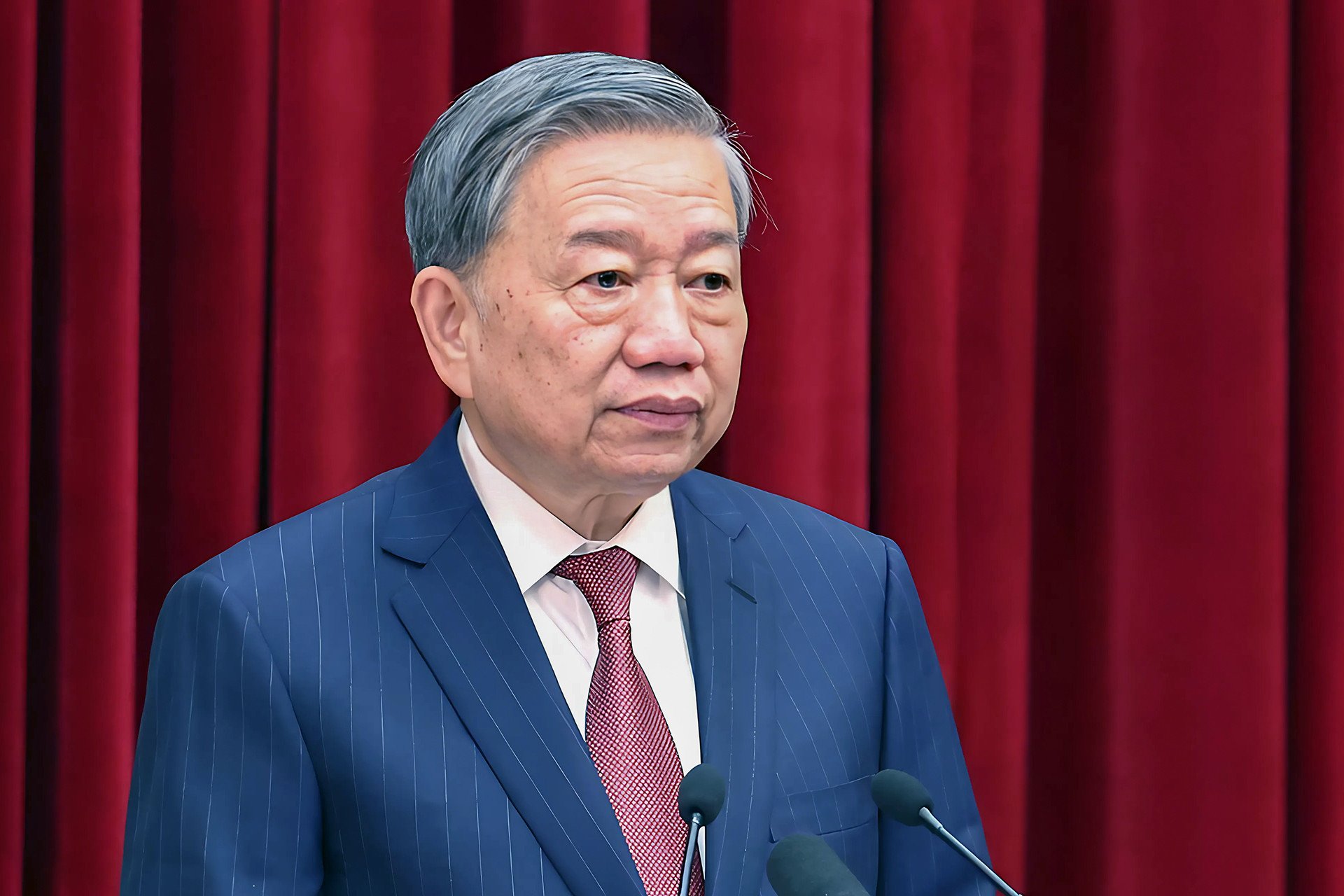

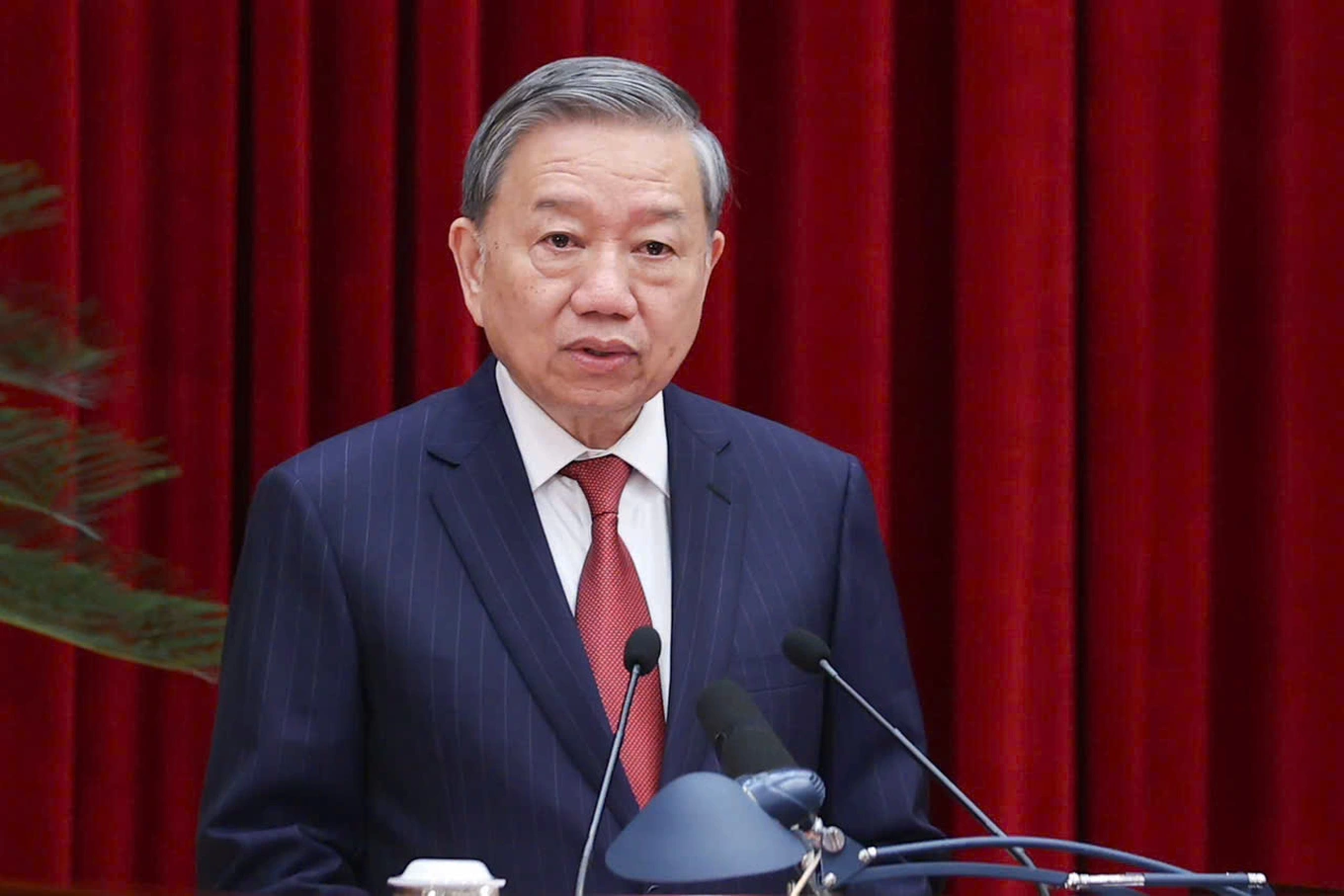




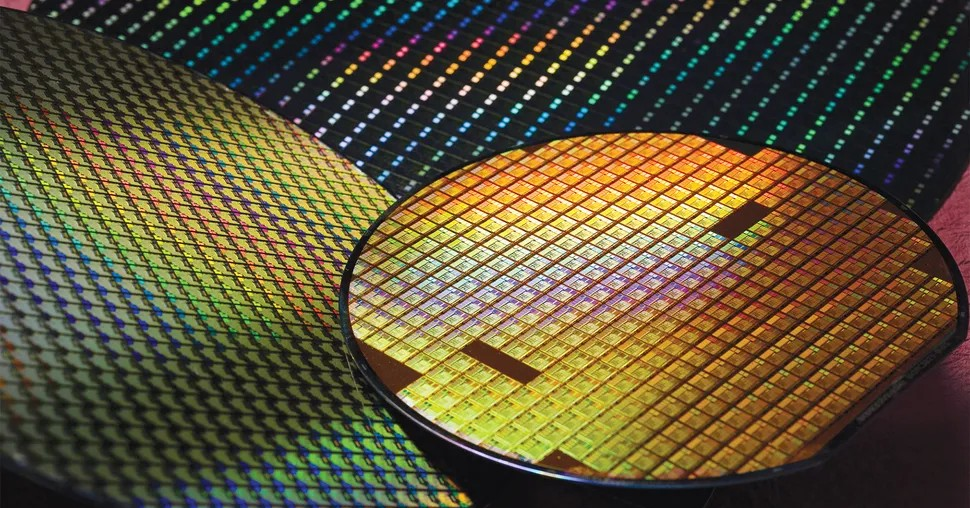



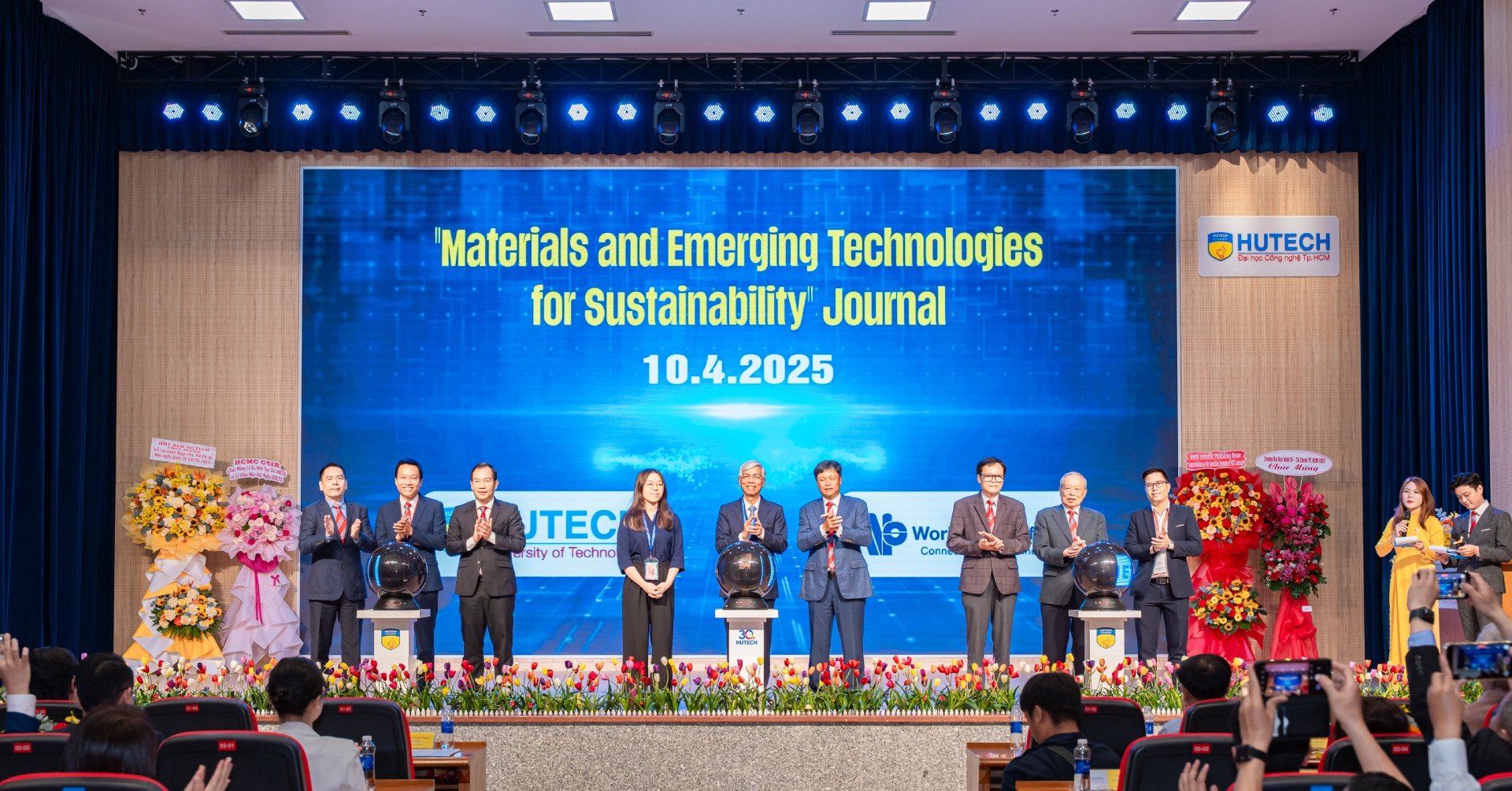













































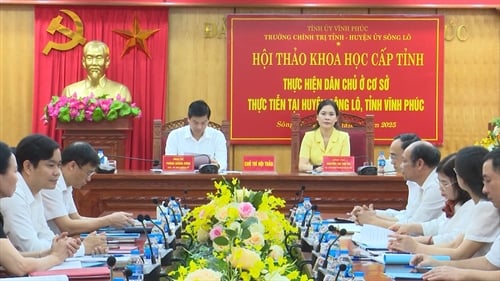

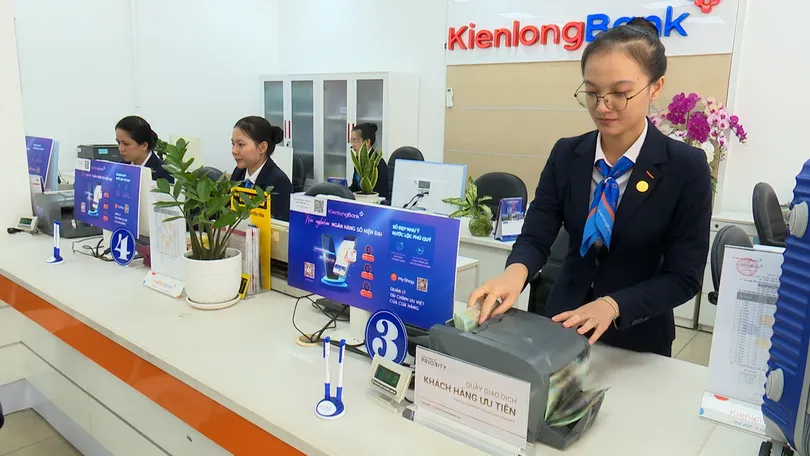
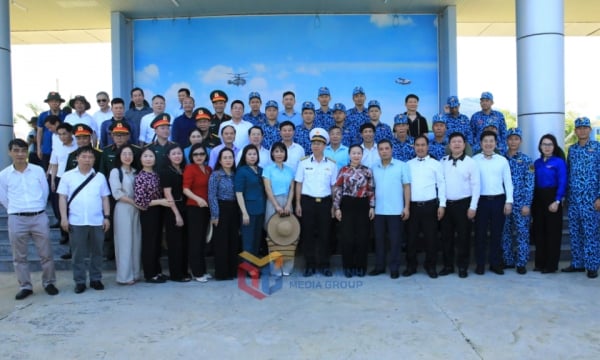













Comment (0)